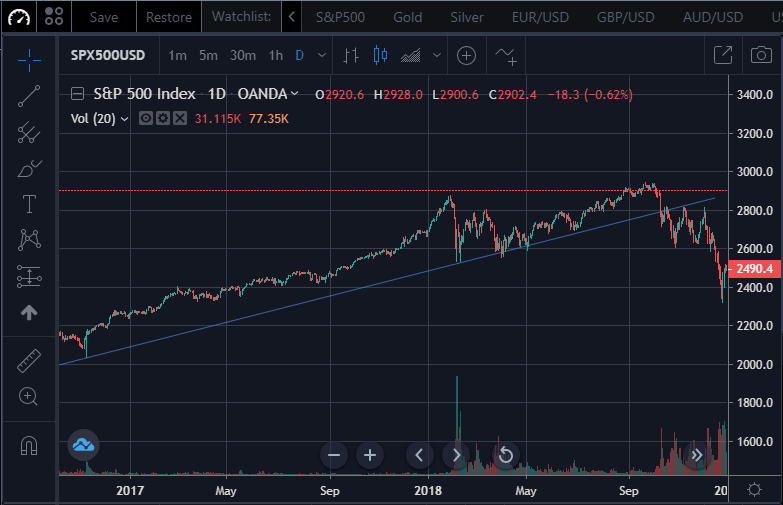High-frequency trading (HFT) is a sophisticated form of trading that relies on complex algorithms and cutting-edge technology to execute trades at lightning-fast speeds. While HFT operations are designed to be profitable, they don’t always live up to their promises. In fact, many HFT operations fail, resulting in significant losses for traders and investors. In this article, we’ll explore some of the reasons why HFT operations fail and what traders and investors can do to mitigate the risks.
Top 4 reasons why HFT firms fail:
- Market Volatility: One of the biggest challenges facing HFT operations is market volatility. HFT algorithms are designed to profit from small price movements in the market, but sudden changes in market conditions can trigger unexpected losses. When markets experience sudden volatility, HFT traders may be caught off guard, resulting in large losses.
- Technology Failures: HFT operations rely on cutting-edge technology to execute trades at lightning-fast speeds. However, technology failures can and do occur, which can lead to significant losses. Even a minor glitch in the system can disrupt trading algorithms, resulting in incorrect trades and lost profits.
- Regulatory Changes: HFT traders operate in a highly regulated environment, and changes in regulations can have a significant impact on their profitability. For example, new rules designed to curb market volatility or prevent market manipulation can restrict the strategies that HFT traders can employ, limiting their ability to generate profits.
- Increased Competition: As more traders and firms enter the HFT space, competition has intensified, making it harder for traders to generate consistent profits. With so many players vying for the same trades, even minor advantages can quickly disappear, making it harder to gain an edge in the market.
Conclusion:
While HFT operations can be highly profitable, they also come with significant risks. Traders and investors need to be aware of the challenges facing HFT operations and take steps to mitigate the risks. This includes staying up-to-date with regulatory changes, investing in robust technology, and developing trading strategies that can adapt to changing market conditions. By taking a proactive approach to risk management, traders and investors can improve their chances of success in the fast-paced world of high-frequency trading.

















